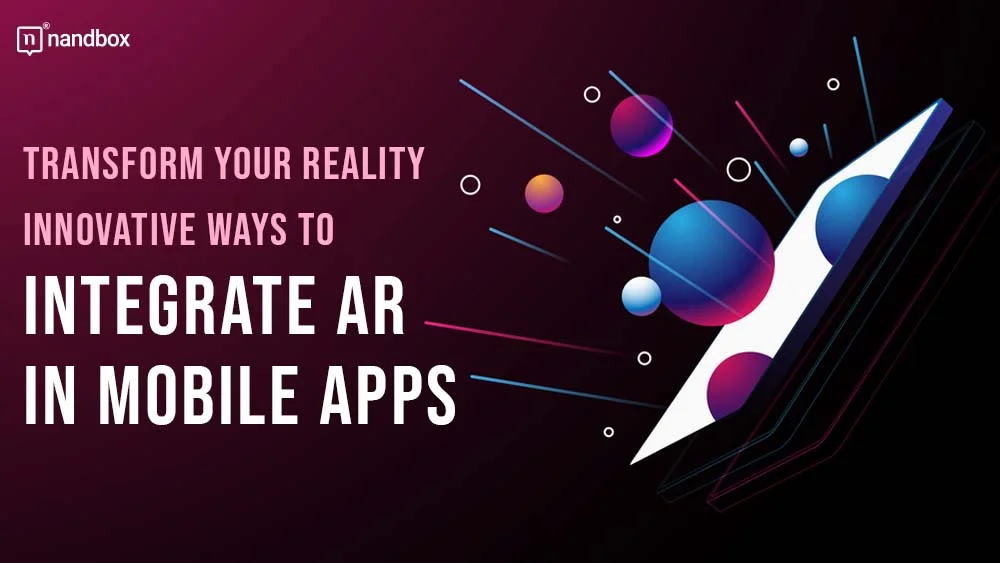Imagine pointing your smartphone at a restaurant and instantly seeing customer reviews pop up in your field of view or trying on clothes virtually before making a purchase. These experiences are made possible by Augmented Reality integration into mobile applications, a process that can be streamlined using tools like an AI app builder. In this article, we’ll explore how you can harness the power of AR to transform ordinary mobile apps into engaging and interactive experiences.
Enhancing User Engagement with AR Features
Augmented reality can turn a standard app interface into an interactive spectacle that captivates users. AR uniquely engages and retains users by overlaying digital information in the real world. For instance, educational apps can use AR to bring historical events to life, allowing users to watch a 3D reenactment of historical battles right from their living rooms. Similarly, retail apps can enhance the shopping experience by enabling customers to visualize how furniture would look in their homes before purchasing. Augmented Reality integration into mobile applications can seem daunting, but with the advent of AI app builders, the process has become more accessible. These builders provide frameworks and tools that simplify the creation of AR experiences, making it easier for developers like you to focus on crafting compelling content without worrying about the complexities of AR technology.
Utilizing AR for Practical Applications
While AR is often associated with gaming and entertainment, its potential extends far beyond that. Practical applications of AR in mobile apps can significantly improve user productivity and decision-making. For example, interior design apps can leverage AR to help users place virtual furniture in their space, adjust color and size in real-time, and ensure everything fits perfectly before they make a purchase.
Moreover, AR can transform educational tools, making learning more interactive and engaging. Medical students can use AR-powered apps to explore complex anatomical structures from multiple angles, deepening their understanding of human biology in a way that traditional textbooks never could. Using an AI app builder, developers can integrate these sophisticated AR features quickly and efficiently, reducing development time and cost.
Creating Immersive Marketing Experiences
Augmented reality opens up new avenues for marketers to create immersive experiences that attract and engage customers. By Augmented Reality integration into mobile marketing campaigns, you can create memorable interactions that entertain and educate your audience about your products or services. Imagine a real estate app that allows prospective buyers to take virtual tours of properties from anywhere in the world or a fashion retailer offering customers the chance to try on clothes virtually using their smartphone camera. These immersive experiences can significantly enhance customer engagement and satisfaction, drive sales and foster brand loyalty.
The Challenges of Augmented Reality Integration into Mobile Applications
While the benefits of Augmented Reality integration into mobile applications are clear, the process comes with challenges. These include ensuring high performance and low latency, maintaining user privacy, and creating realistic and compelling AR visuals that blend seamlessly with the real world.
To navigate these challenges effectively, leveraging advanced tools and platforms like an AI app builder is crucial. These tools are designed to help you optimize AR experiences for different devices and operating conditions, ensuring a smooth and engaging user experience. They often come with built-in privacy protections and data security measures, helping you comply with regulations and protect user data.
Furthermore, to achieve realistic AR visuals, you must focus on the quality of digital assets and their interaction with real-world elements. This might involve investing in high-quality 3D models and employing sophisticated rendering techniques that make digital content look as natural as possible within the user’s environment. By understanding how to integrate AR using tools like an AI app builder effectively, you can unlock the full potential of this technology, making your app not just a tool but an adventure that users return to time and again.




